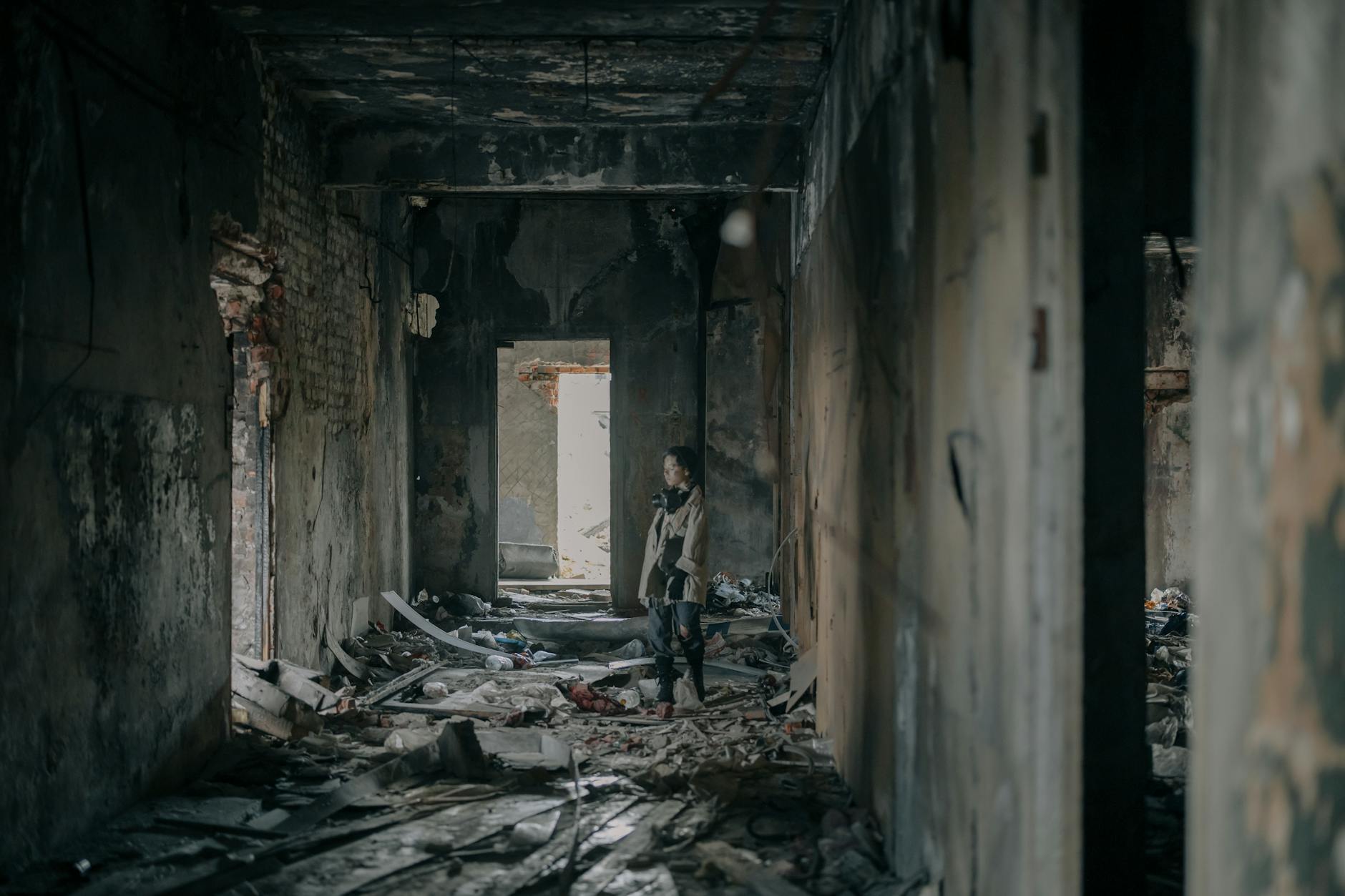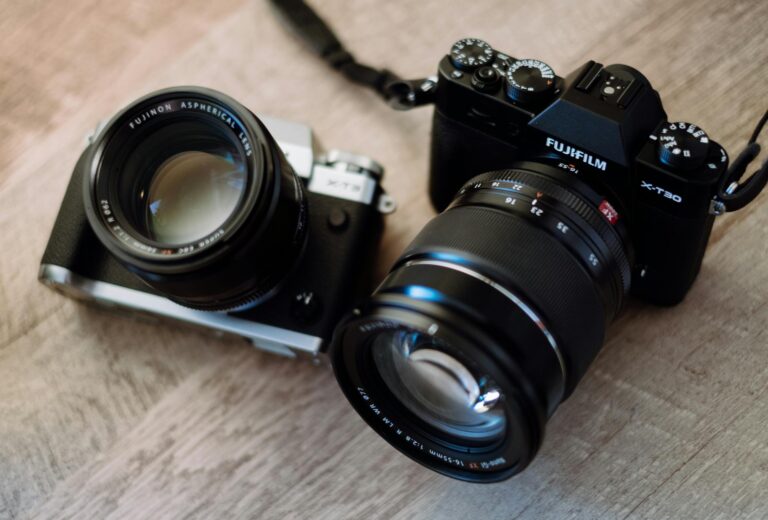When India’s First MiG-21 Pilots Learned to Tame the Beast in Russia
Let me take you back to March 1963. The Indian Air Force was about to get its hands on something special—the MiG-21. Fast? Oh yeah. Agile? You bet. But here’s the thing: a plane’s only as good as the person flying it. So the IAF did what any smart force would do—they sent their best eight pilots to Russia to learn the ropes. What happened next? Well, that’s where things get interesting.
Why Russia? And Why These Guys?
Picture this: India’s getting this cutting-edge fighter jet, but nobody here really knows how to handle it properly. The Soviets built the thing, so obviously they knew it inside out. But get this—they weren’t just looking for any pilots. These eight were the cream of the crop, handpicked because they had to bring back more than just flying skills. They needed to teach everyone else.
And man, what a group they were:
- Wing Commander Hrushikesh Moolgavkar – Guy would go on to become Air Chief Marshal. No big deal.
- Wing Commander M.M. Singh – Tactical genius, the kind who sees three moves ahead.
- Squadron Leader S. Raghavendran – Could out-dogfight anyone in the sky.
- Squadron Leader T.V. Kapil – His specialty? Catching enemy planes at ridiculous speeds.
You get the idea. This wasn’t just some training program—it was like sending the Avengers to flight school.
What Training Actually Looked Like
First came the classroom stuff. Now imagine trying to learn complex aerodynamics when all the manuals are in Russian. Yeah, they had to pick up the language fast. Then came the simulators—Soviet instructors didn’t tolerate mistakes. Forget something? Expect to hear about it. Loudly.
But the real test? Actually flying the MiG-21. Going from older jets to this thing was like switching from a bicycle to a rocket. The acceleration pinned you to your seat, and the maneuvers—let’s just say it separated the good pilots from the great ones.
It Wasn’t Just About Flying
Here’s what people don’t talk about: -40°C Russian winters when you’re used to Indian weather. Or trying to communicate when your Russian consists of “da” and “nyet”. But you know what? That’s what made them better. If you could handle this, you could handle anything.
And handle it they did. When these guys came back, they didn’t just fly the MiG-21—they wrote the book on how to use it. Literally. Their training manuals became the bible for every MiG pilot after them.
The Real Impact
Fast forward to 1971. Those same pilots are leading the charge in war, outmaneuvering enemy jets with skills honed in those brutal Russian winters. The MiG-21 wasn’t just another plane—it became India’s guardian of the skies for decades.
Funny story—one instructor was so strict he’d ground pilots for the smallest mistakes. Annoying at the time? Sure. But that attention to detail saved lives later.
So What’s the Takeaway?
Those eight pilots didn’t just bring back flying skills. They brought back an entire culture of excellence that shaped the IAF for generations. Makes you wonder—where would Indian air power be without that Russian training all those years ago?
FAQs
Q: How long were they in Russia?
A: Several months—long enough to go from “What’s this button do?” to complete mastery.
Q: Any crashes during training?
A: Surprisingly no. Guess those tough instructors knew what they were doing.
Q: Are MiG-21s still flying today?
A: Barely. Most are being phased out, but they had an incredible run—all thanks to those original eight.
Source: News18 Hindi – Nation












